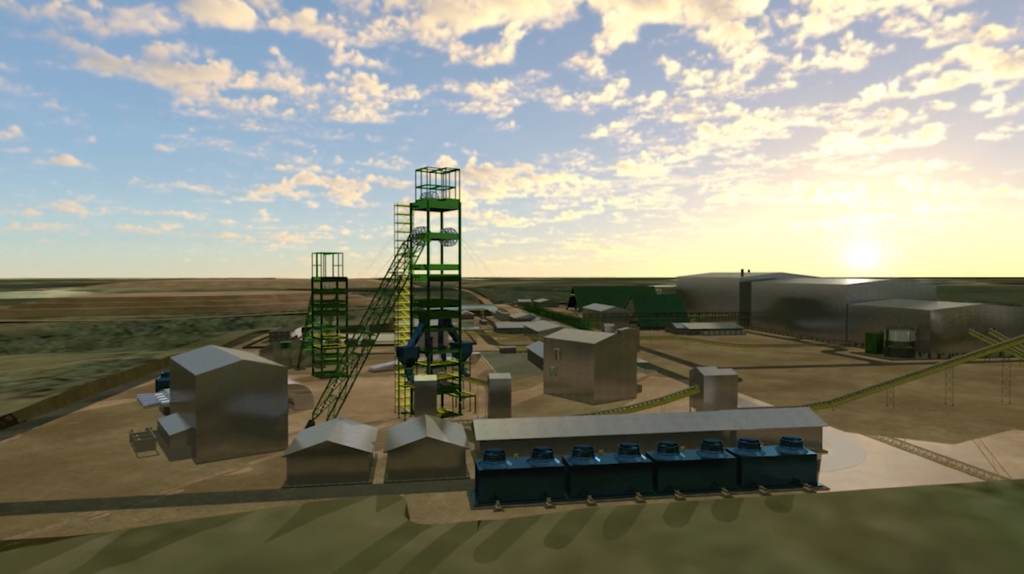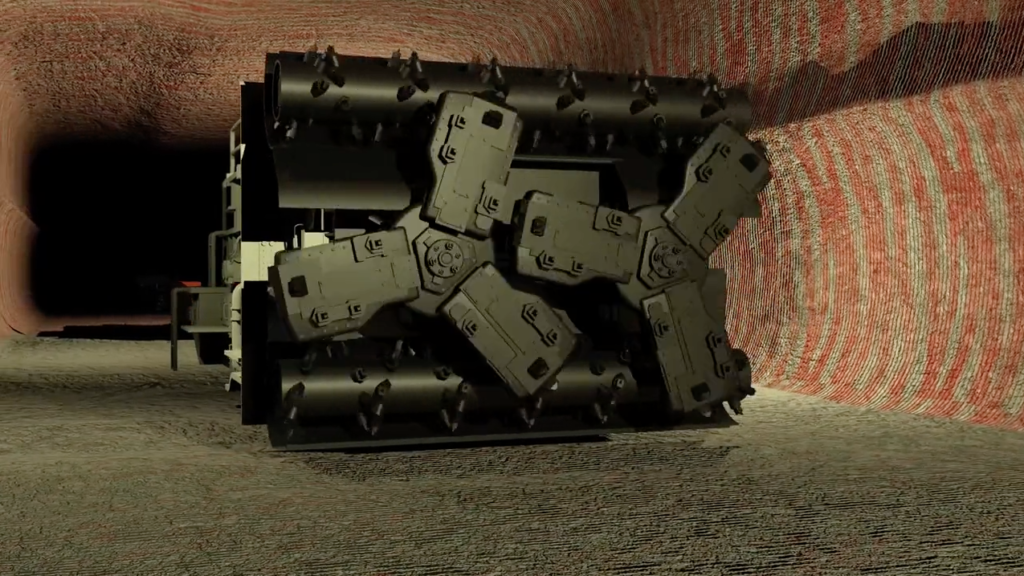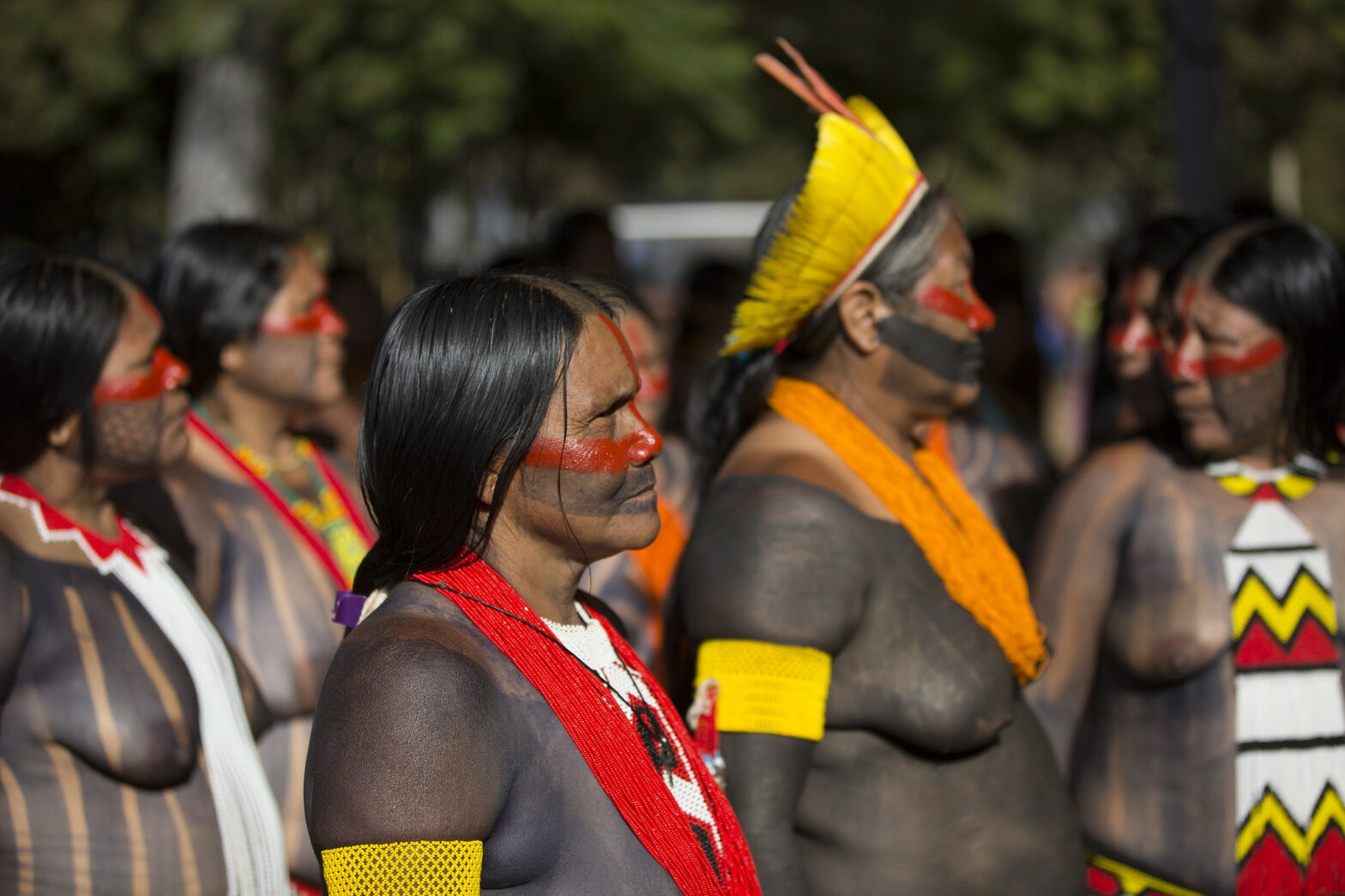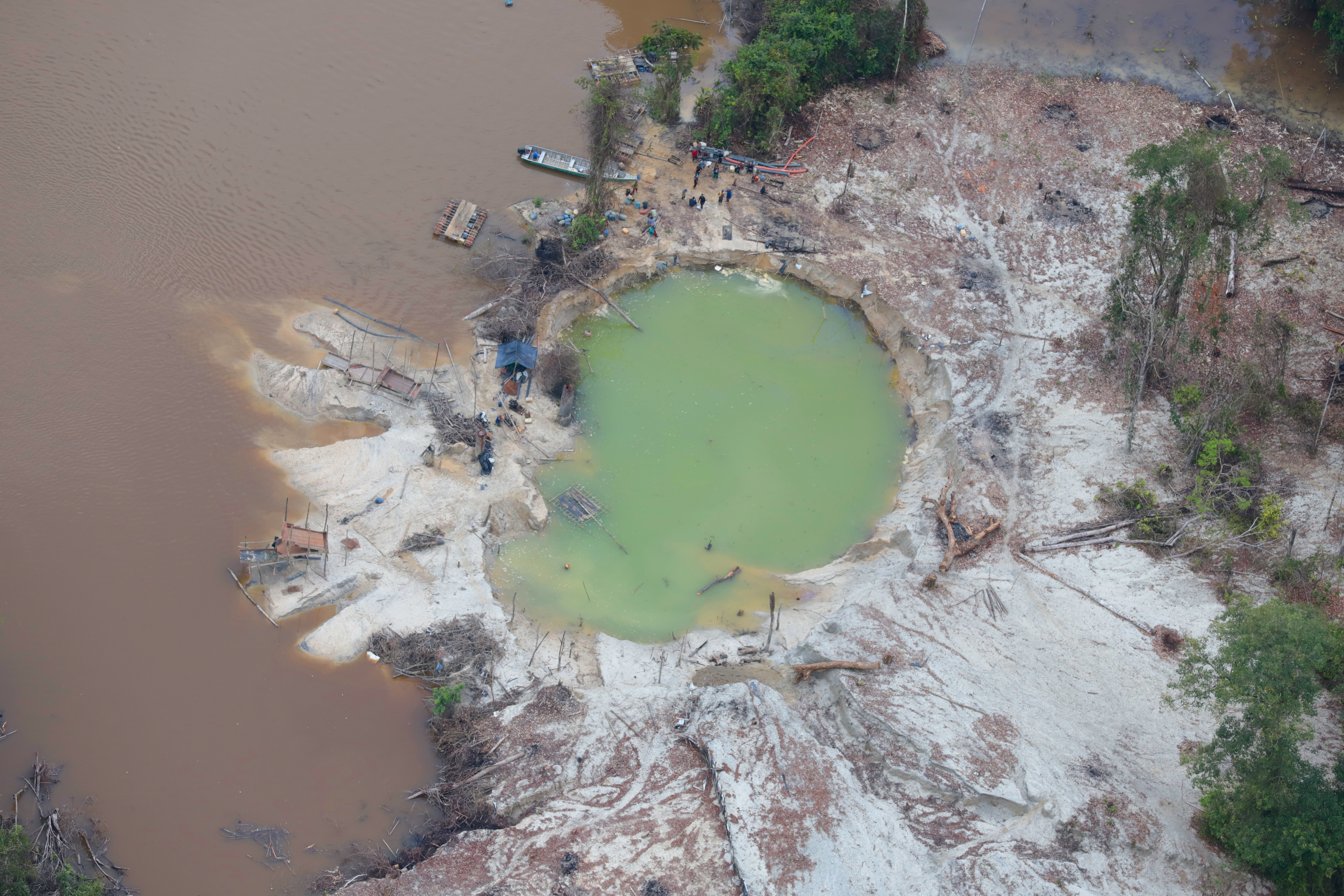Potássio do Brasil failed to properly consult Autazes’ communities about the impacts of a $2 billion potash project, our investigation shows.
Potássio do Brasil (PDB), a mining company controlled by the Canadian giant Forbes & Manhattan, has signed an agreement with the Chinese construction company CITIC to build a potash exploration complex in Autazes, 110km from Manaus (AM), in the Brazilian Amazon. However, the US$1.94 billion contract was signed in the twilight of 2020 without any consultation with affected communities.
As part of this joint investigation, Diálogo Chino and InfoAmazonia found the contract among a series of documents that PDB sent to the Securities Exchange Commission (SEC), the US government agency in charge of the financial markets where the mining company hopes to raise US$50 million in investment.
PDB’s plans to exploit potash in Autazes have already been blighted by local conflicts. As a result, a conciliation hearing in 2017 led the company to sign an agreement with the Federal Public Ministry, preventing it from taking further steps “without prior judicial authorisation”.
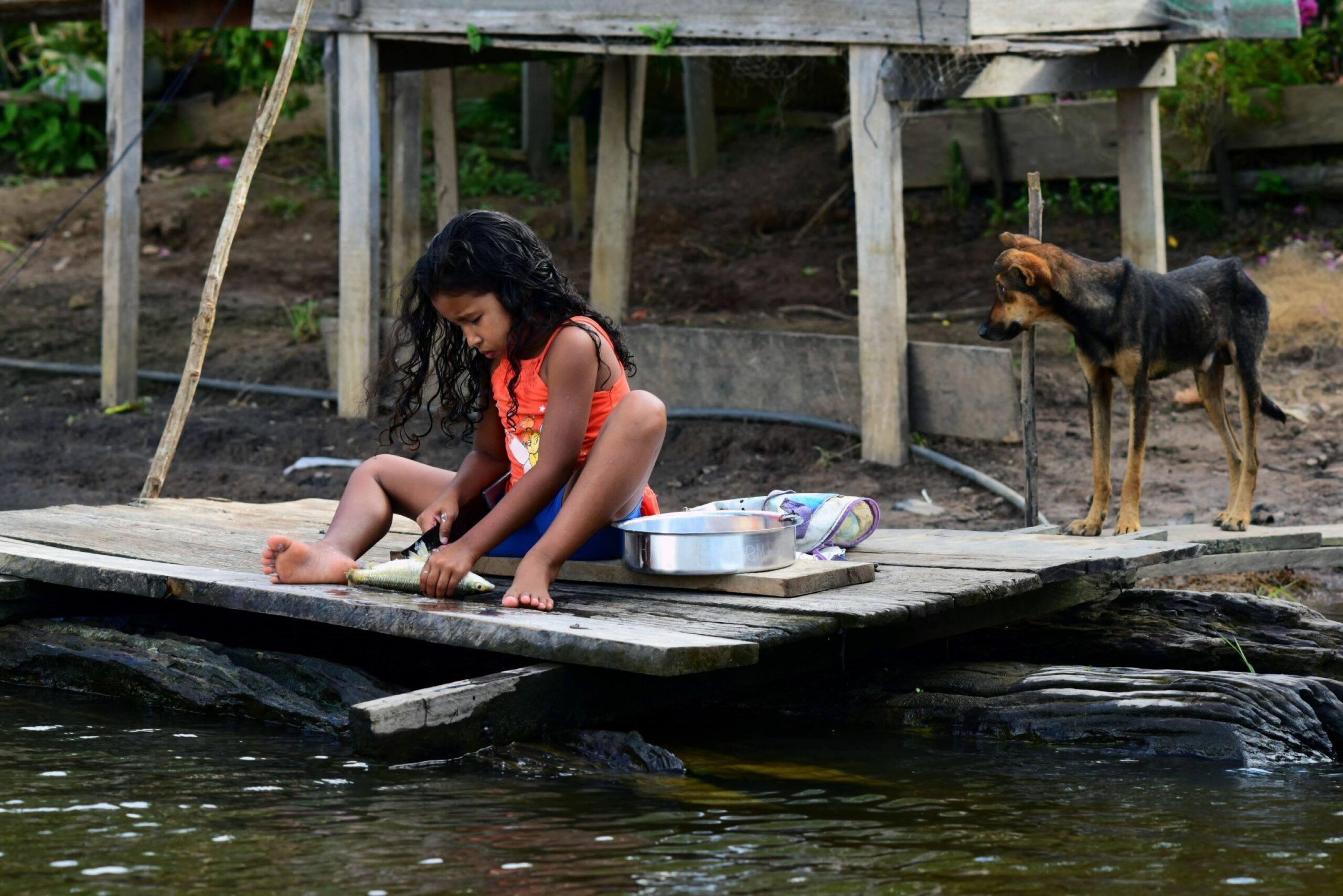
That decision included the suspension of environmental licensing until the completion of a consultation with the Mura people, a population of 14,000 who inhabit 44 villages in the region. It also established that the company would provide financial support for the indigenous people to draw up their consultation protocol.
A free, prior and informed consultation is a right guaranteed by Convention 169 of the International Labour Organisation, which Brazil has ratified, giving it the force of constitutional law. This instrument, however, has been threatened since a legislative bill issued in April that calls for the country to withdraw from the treaty. The bill argues that it could make Brazil’s economic growth unviable.
Barred from any activity without judicial authorisation, PDB neglected to submit both the billion-dollar contract with CITIC and the intention to seek investors in the US to Brazil’s Federal Public Ministry, which it is required to do. “The Federal Public Ministry at no time was communicated,” said a surprised Fernando Merloto Soave, a prosecutor who learned of the negotiation on being contacted for this report.
The Autazes Potash Project, which envisages investments of around US$2.3 billion, intends to extract a total of 770 million tons of potash, potassium-rich ores that are essential in the production of fertilizers. The contract reveals that this huge undertaking includes a mine nearly 1,000 metres deep, a potash production plant, and surrounding infrastructure. This includes a road and a port on the Madeira river basin, eight kilometres from the mine.
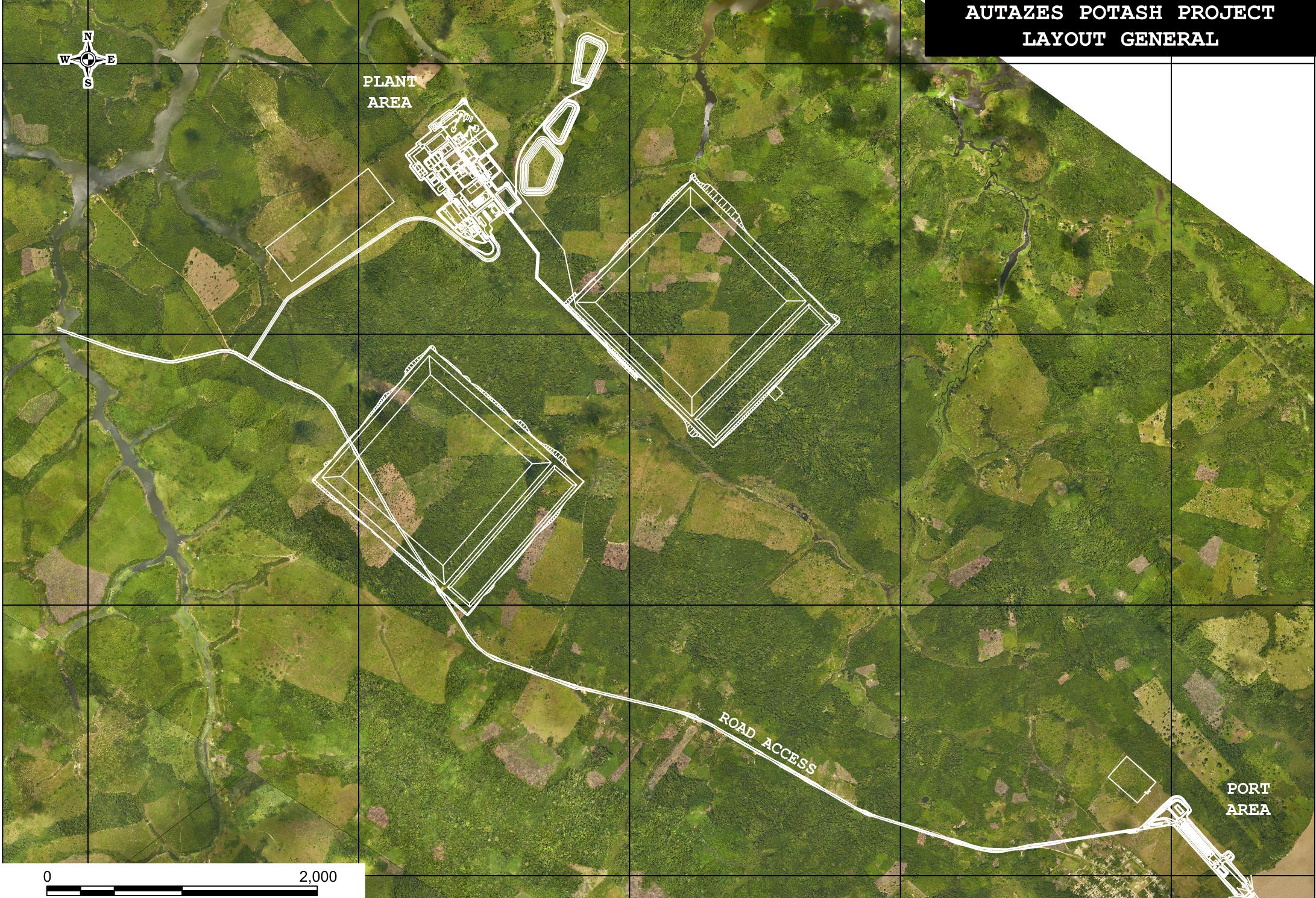
A company video shows that the soil drilling site is also eight kilometres from the Jauary Indigenous Land, recognised by the National Indian Foundation (Funai) in 2012, which is still in the process of demarcation.
More than a third of the area of the complex overlaps with the Jauary land. Information in the case file shows five mining requests for the Autazes Potash complex. Four of them have stretches that overlap with the Jauary land, as shown by Amazônia Minada, an InfoAmazonia project that maps mining requests to the Brazilian government in protected areas.
A Federal Court report also states that the company even asked that the areas over the territory be removed from the mining request, but the data at the National Mining Agency (ANM) continue to indicate an illegal overlap. These areas cover almost 45,000 hectares.
Autazes potash project eyes Agribusiness
The billion-dollar project would mainly serve Brazilian agribusiness, which imports over of the Brazilian demand for the ore.
The complex in the Madeira River basin is strategic for soy producers in the states of Mato Grosso and Rondônia, in what is known as Legal Amazonia. The ferries that load with grain crops destined for ports in the Northern region, from where they are exported to Europe and China, would return to producing states full of fertilizers.
Yet, the promise of attracting high investments for the project relegated the consideration of socio-environmental damage to second place, as shown in a PDB statement to the agency ANM, in which it indicates that its plans to exploit the subsoil in Jauary Land, do not rule out interference. It argues, however, that this would be minimal since the exploration is underground and noise from the activity would be “practically nil”. The water impact would be contained within a specific area, it said.
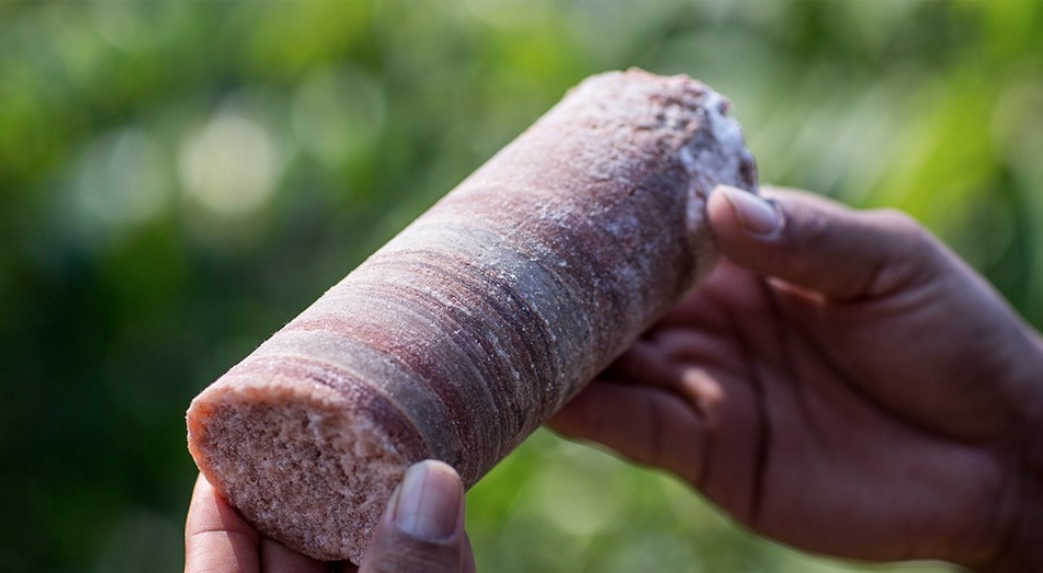
A 2018 study by researchers from Brazil and the US, meanwhile, shows that the Autazes complex poses risks to the soil, the area’s geological structure, vegetation, aquifers and even its surface drainage. Deforestation, the researchers say, would also harm the hydrological cycle, wildlife habitats and biodiversity.
They say they will bring development, but we know it’s not quite like that. We know very little about the project, but we know that they can enter the indigenous land from underground. This is a threat to the Mura people, it is an attack, it is a risk
José Claudio Pereira Yuaka, president of the Mura Indigenous Council.
The production of the fertilizer releases sodium chloride (the same compound as table salt). According to the company, part of this waste would be dissolved in the open air by rain. Local communities fear that the process would lead to the salinisation of rivers.
Because of the risks associated with the work, the agreement stated that the environmental license would not be granted until the consultation with the Mura people had been concluded. Yet, the full consultation process, which would require numerous rounda and holding a vote, could take up to a year.
Bruno Caporrino, who was appointed by the Federal Court to prepare the consultation protocol, which was concluded in 2019, explains: “The methodology they chose was three spheres of meetings: local, regional and general. In some meetings, only indigenous Mura people were able to participate. This way it was possible to ensure that there was no external interference”.

The consultation was to begin in 2020 but was suspended because of the Covid-19 pandemic. The seriousness of virus’ impact on Brazil may yet postpone the process further, says Fernando Soave, potentially until 2022. In February, magistrate Jaiza Maria Fraxe, who is responsible for the action in the Federal Court, said it is not “recommendable, plausible and minimally reasonable to promote face-to-face meetings at this time”.
Half-truths to the SEC
In the documents forwarded to the SEC, PDB provided inaccurate information to the regulatory agency, such as the forecast of three months for the conclusion of the consultation with the indigenous people to ensure the start of the work. This could result in a fine and incurs a risk to potential investors. “They don’t have any security about this project,” said Soave.
Consultation with indigenous people has been one of the most sensitive points in the process. In April last year, the SEC demanded clarification from the mining company, writing to PDB to “Provide updated information and explain in more detail the manner in which the consultations are underway”.
The group responded that it had held “several rounds of consultations“. However, according to the filings in the Federal Court, these were promoted by the company in 2015, outside the villages, and therefore cannot be considered among the prior consultations that the Mura set out in the 2019 protocol.
The company still claims to have suspended the environmental licensing of the project “in a voluntary way”. But Soave says this occurred because of the conciliation hearing.
The relevance of the consultation has also been disregarded. In March 2020, the mining company informed SEC that “opposition by indigenous people may require modifications or prevent the operation of the project in Autazes”. Three months later, after the SEC asked for explanations, a new version of the same document omitted the option of suspending the operation, stating only that the opposition by indigenous people “may, under certain circumstances, require modification of the project”.


The company made its intention not to consider consultation with the Mura as an impediment to the project even more explicit before the Amazonas Federal Court in 2016. “It is important to stress that ILO Convention 169 at no time established that consultation with indigenous communities would involve a veto power on environmental licensing,” Potassio do Brasil said.
Soave argues that the decision of the indigenous people does imply veto power. “The Mura people have autonomy over the consultation. At the hearing in court, the company agreed that the decision is binding,” says the prosecutor.
The prosecutor also expressed concern over the information given by the company to the SEC and possible non-compliance with the agreement.
This information is of concern, as it may represent both erroneous data brought to potential investors, and a potential non-compliance with the requirements for consultation
Fernando Merloto Soave, federal prosecutor.
A history of mishaps
Brazil Potash put down roots in Autazes in 2009. The mining company got permission to search for ore even though Funai had already been identifying Jauary indigenous land for almost a year. “They started everything wrong, drilling wells on indigenous land [without authorisation],” Soave says.
As it is an indigenous area in the process of demarcation, PDB would have to apply for an environmental license at the federal level. However, Ipaam, the state environmental agency of Amazonas, granted a preliminary license.
In 2016, Ipaam justified the license, stating that the enterprise “is not inserted and does not contemplate the use of natural resources on indigenous lands”. At the same time, however, the PDB itself admitted to the overlap.
“They set up in 2010, with an office in the city of Autazes, and started the studies and drilling. They didn’t ask anyone anything,” José Claudio Pereira Yuaka recalls. “Around 2015, we learned on television about the disasters in other mining projects and sought to learn more about this mine.”
Since then, the Canadians have been drilling in Autazes in search of potash, at a cost of around R$250 million [US$47 million], according to the lawsuit. Today, they have detected the mineral and say that their exploration does not impact the region occupied by the Mura people because it occurs underground.
They report that mine shafts will be three and a half metres thick and up to 900 metres deep. However, it is not clear whether subsoil exploration will be directed towards the indigenous territory, where the company has already identified potash.
At the time, the indigenous people even threatened to set fire to the company’s equipment to derail drilling. Funai requested the paralysis of the studies “because they are affecting the Jauary indigenous land”.
With so many setbacks, Brazil’s intervened and in 2016, within a few months of opening an enquiry, the company accepted a conciliation hearing. MPF was designated more control over process and managed to suspend the earlier environmental license.
Even so, PDB breached the agreement on at least two occasions. In 2017, the company took four months to justify excavations that worried the indigenous communities and in 2019, it studies to identify the local flora to speed up the licensing.
In 2017, the mining agency gave a technical report favourable to mining in the subsoil of the indigenous land, but made reservations about the legal issues.
Currently, there is no legal provision for mineral exploration on indigenous lands in Brazil. However, the Jair Bolsonaro government has been pushing to legalise it. It is on these possible changes of course that mining companies rely when filing requests with the ANM, the mining agency.
For this reason, the Office of the Federal Advocate General states that the agency does not accept requests for mineral research on indigenous territories, even if they are still in the demarcation phase, as is the case of the Jauary land.
Furthermore, in 2019 the Federal Court overturned all applications in indigenous lands in Amazonas. Despite this, PDB still has 19 active requests that overlap with indigenous territories in the state, according to Amazônia Minada.
In addition to the company’s advances, the indigenous people have to resist pressure and threats from within the city of Autazes.
“Sometimes we hear complaints from people saying that the region could be rich, but the Indians have nothing to do. I’ve seen graffiti in a bar bathroom in the city saying ‘death to the Mura people’. We just want the law to be enforced,” says Herton Mura, an advisor to the Mura Indigenous Leadership Organisation in Careiro da Várzea.
PDB did not respond to a May 7 request for comment on the series of legal breaches. Nor did the SEC respond on the issue of the information provided to it by PDB. IPAAM did not reply to requests about the environmental license blocked by the courts and, at the time of publication, we received no comment from CITIC.
The ANM denied that there are mining requirements in effect within indigenous lands in Amazonas. Yet, a statement from its advisory office appears contradictory. It reads:
“The fact that an application appears in SIGMINE [the ANM’s Geographical Information System for Mining] in an indigenous area has no practical effect.”
The regulatory agency ignored a question about non-compliance with a 2009 ruling by the Federal Advocate General that prevents the authorisation of mineral research or mining within already identified indigenous lands, which is the case of the Jauary territory.
This report was produced in partnership with Diálogo Chino, and is part of the Amazônia Minada, InfoAmazonia special project with the support of Rainforest Journalism Fund/Pulitzer Center.



